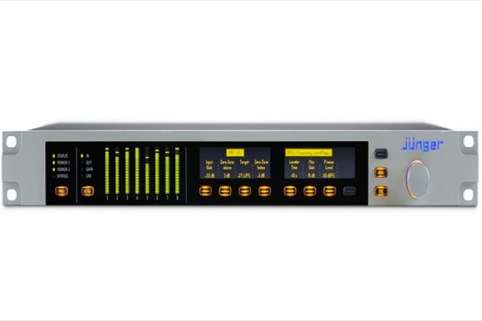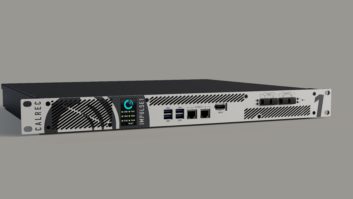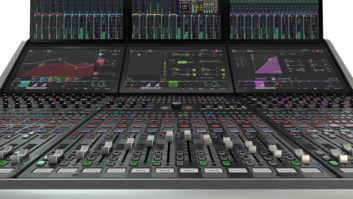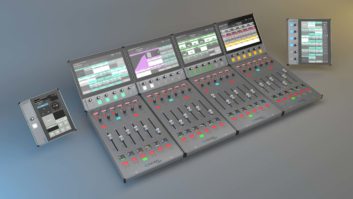
Every week we profile one of the scores of white papers available on the NewBay Connect website, the digital resource centre for professionals within the broadcast, pro AV and pro audio markets. Today it’s the turn of Jünger Audio, whose paper Dynamics Processing features on the site. Established in Berlin in 1990, Jünger Audio specialises in the design and manufacture of digital audio dynamics processors, and its customers include top radio and TV broadcasters, IPTV providers, music recording studios and audio post production facilities.
Below is an extract of the informative guide – a full version can be downloaded here.
Multi-band design
Multi-band systems split the audio frequency spectrum into several overlapping frequency bands. Gain and ratio, usually even attack and release times can be set separately for all of these frequency bands, resulting in independent processing for each band. Recombining the outputs of the multi-band stages can lead to severe problems. The spectral balance of the summed output signal is almost always deviating from its input. Thus the resulting relation of high, mid and low frequencies may Iead to a completely new impression of spectrum and sound quality. This is especially a problem when listening to music.
Multi-loop design
Many Jünger Audio dynamics processors utilise a multi-loop principle. Instead of splitting the spectrum, all loops affect the entire audio frequency range. The loops run in parallel, each with an independent set of attack and release timing parameters. Every loop generates a control signal according to its parameters. The computed combination of these control signals (a proprietary Jünger algorithm) is then applied to one gain changing element.







